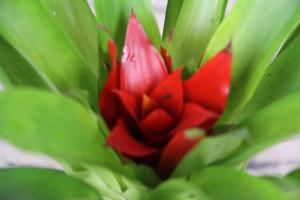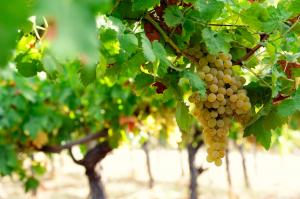Where to Plant Olive Trees in Australia
Olive trees are not native to Australia, but they have been successfully cultivated here for decades. The country’s warm and dry climate, coupled with its fertile soil, make it an ideal location for growing olive trees. However, not all regions are suited for olive cultivation, and choosing the right location for planting your trees is crucial for their health and productivity.
Climate Requirements
Before planting your olive trees, you need to consider the climate of your area. Olive trees prefer a Mediterranean-type climate with mild, wet winters and hot, dry summers. They can tolerate temperatures as low as -10°C, but prolonged exposure to frost can damage their budding and fruiting ability. In warmer regions, the trees may require some shade during the hottest time of the day to prevent sunburn on the fruit.
Soil Requirements
Another important factor to consider when planting olive trees is soil type. Olives prefer well-draining soil that is rich in nutrients. Sandy or loamy soils are the best for olive cultivation because they provide good drainage and allow the trees’ roots to develop properly. Avoid planting olive trees in heavy clay soils or poorly-draining sites as these can cause root rot and other diseases.
Best Regions for Olive Cultivation in Australia
In Australia, some of the best regions for olive cultivation are in the south and east of the country. The Murray-Darling Basin is the largest olive-producing region in the country, where the majority of the trees are grown for oil production. Other regions that are well-suited for olive cultivation include the Adelaide Hills, the Yarra Valley, and the Great Southern area in Western Australia. In these regions, the climate and soil conditions create ideal growing conditions for olive trees, resulting in high-quality fruit.
Maintenance Tips for Olive Trees
Once you have planted your olive trees, proper maintenance is essential to ensure their health and productivity. Watering is crucial in the early stages of the tree’s growth, and it should be done regularly during the dry season. A thorough irrigation every two weeks may be necessary to keep the trees hydrated. Pruning is also essential, especially in the first few years after planting. This will help to shape the tree and encourage new growth. Regular fertilization can also improve the tree’s health and fruit quality.
In Conclusion
If you are considering planting olive trees in Australia, it is important to choose the right location and ensure proper maintenance. The climate, soil, and region all play a significant role in the success of your olive trees. By carefully selecting your planting location and providing regular maintenance, you can enjoy a plentiful harvest of delicious olives for years to come.

 how many times do yo...
how many times do yo... how many planted tre...
how many planted tre... how many pine trees ...
how many pine trees ... how many pecan trees...
how many pecan trees... how many plants comp...
how many plants comp... how many plants can ...
how many plants can ... how many plants and ...
how many plants and ... how many pepper plan...
how many pepper plan...
































